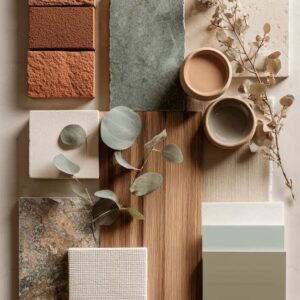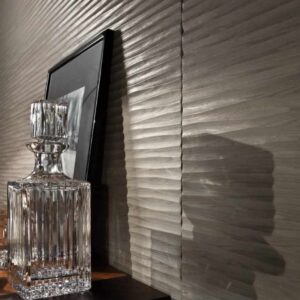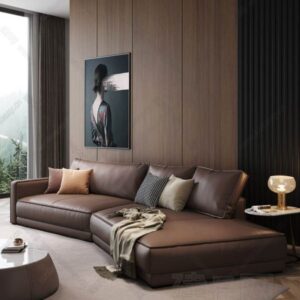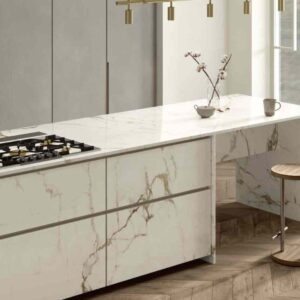Interior design and project management: how to find a comprehensive interior designer?

In the daily work of architectural firms and contractors, there is one fundamental aspect for the success of a project. What is it? It is choosing a reliable furniture supplier who takes interior design and project management seriously.
It is not simply a matter of finding a furniture and accessories retailer. It is about selecting an interior design company that is capable of supporting the client as a true strategic ally, from the initial idea to the final testing of the project.
This post is a practical guide for those who need to plan the furnishings for a shop, office, luxury residence or hospitality project and want to understand how to evaluate the best partner in terms of interior design and project management. In other words, here you will find a guide to choosing a company with an in-house team of architects and designers who are able to adapt every element of the furnishings to the space (aesthetics, function, systems, safety, etc.), coordinating all phases and minimising delays.
Are you looking for the best interior designer?
We have over 50 years of experience.
>>> Contact us and let’s talk about it! <<<
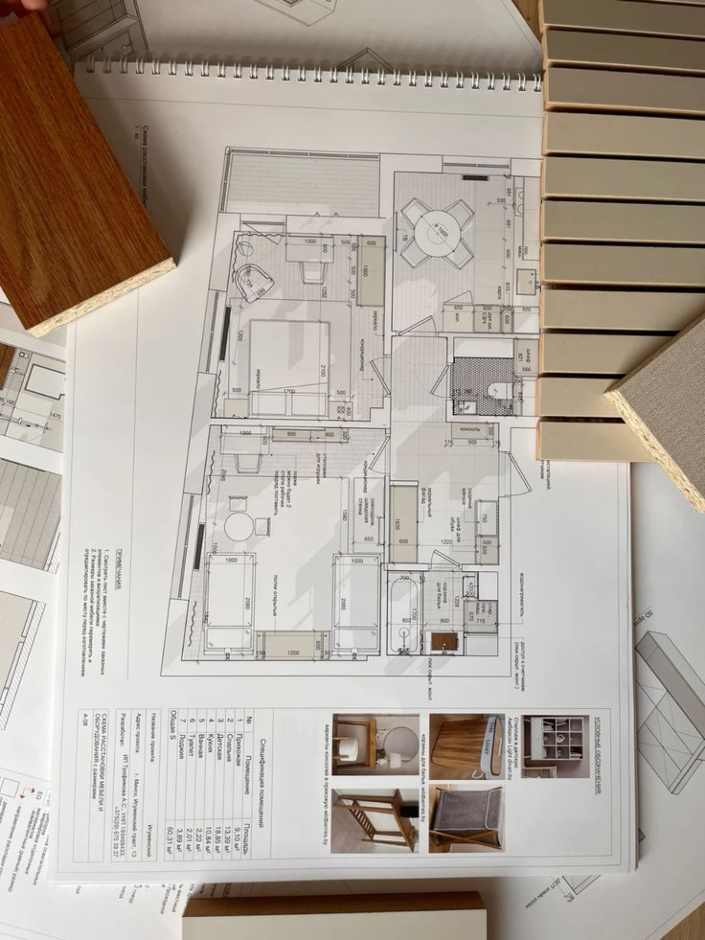
What is meant by “design and interior project management”?
In everyday language, the expression “project management” is often confused with “keeping deadlines and suppliers together”. In reality, when we talk about interior design and project management, we are referring to integrated management, which begins before the concept and ends after the final installation of the furnishings.
The right partner brings with them an in-house team of architects, executive designers, technical account managers and specialised craftsmen. All resources with an eye for detail and the ability to transform an idea into construction drawings, prototypes, finished samples, and logistics and maintenance plans.
The difference lies in the ‘how.’ What does that mean? It is not only “what” is produced that matters, but also ‘how’ each step is coordinated, so as to prevent problems from arising on site.
In particular, the heart of a mature approach to interior design and project management is the consistency between creative intentions and real constraints. It means knowing how to translate a rendering into a project that takes into account tolerances, fixings, opening and closing systems, plant passages, weights, accessibility, acoustics, etc. It also means predicting how materials will react to light and intensive use, how they will behave in humid or dry, hot or cold environments. Above all, it means that the furniture supplier does not shift all responsibility onto the construction site, but anticipates critical issues with mock-ups, pre-assembly and testing in their own carpentry workshop.
Interior design and project management?
We have over 50 years of experience.
>>> Contact us and let’s talk about it! <<<
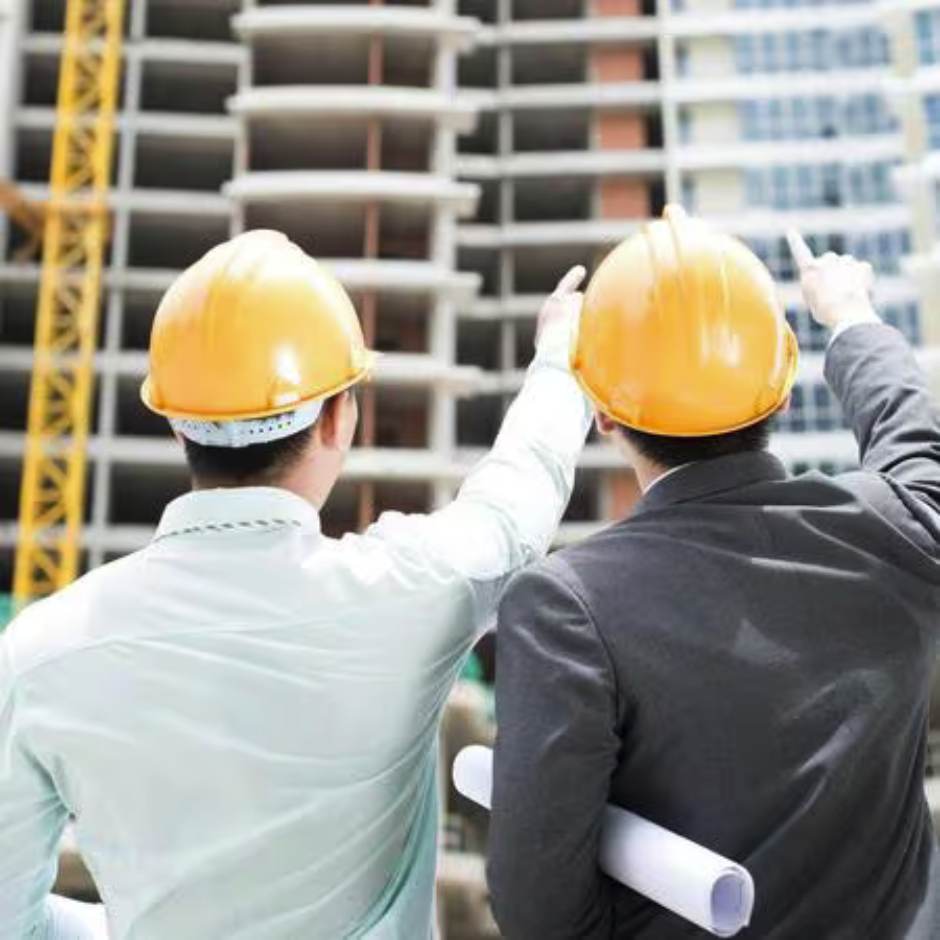
From vision to construction site: a smooth end-to-end process
First and foremost, an interior design and project management process starts with a clear and shared brief. The exploratory study phase is not unnecessary bureaucracy; rather, it is the moment when objectives, budgets, timelines and constraints are aligned. A serious partner considers these elements as if they were communicating vessels: they explain in clear language what can be achieved, what the possible variations are and which choices offer the best cost/benefit ratio in the specific context.
From there, the process proceeds in further steps. These include surveying and dimensional validation, concept development in a design development that already takes feasibility into account, sampling of materials and finishes, engineering, mock-ups, production, logistics, assembly and then turnkey delivery.
Each phase has its own output. Just to give a few examples, we can mention technical data sheets, working drawings with sections and details, drilling and clamping plans, bills of materials, packaging, site layouts with storage areas and handling routes, and test reports. Form is not trivial: these are documents that reduce risks.
Those who know how to manage interior design and project management well have a huge advantage. What is it? It immediately integrates lighting, systems, air conditioning, fire protection (certifications, fire reaction and resistance), acoustics, privacy, and cabling. The advantages? A shorter construction period, a more streamlined assembly, a handover without endless queues and… a 100% satisfied client.
One aspect that is often underestimated is prototyping. Seeing, touching and trying out an item before production allows you to discover defects that do not appear on paper. What defects? For example, the edge of a wardrobe that marks, the hinge of a piece of furniture that vibrates, the surface treatment of a sofa that stains it. A serious partner will push for this phase, especially when it comes to custom-made furniture, moulded panelling, display cabinets, and stone, metal or glass elements. But this also applies to special paints or metallic finishes with controlled oxidation. As mentioned, these are just a few of the many examples that can be given.
In short: prototyping saves time and money, even if it may sometimes seem the opposite.
Are you looking for the best interior designer?
We have over 50 years of experience.
>>> Contact us and let’s talk about it! <<<

Evaluating your partner: from “beautiful renderings” to management tests
How do you measure the quality of a partner in interior design and project management? Don’t stop at the photo portfolio! You need to go further to understand the company structure and operating method.
You need to ask yourself: is there internal management? Is there a single point of contact? Are there in-house executive designers or is everything outsourced? How does integration with the team of architects, lighting technicians and construction managers take place? What software (BIM/Revit, CAD, PDM) and document standards are used? What KPIs are monitored? How mature is the company in managing value engineering without distorting the design intent?
Here is an essential checklist for screening candidates:
- Traceability: yes to signed drawings, revisions, reports, minutes, willingness to work in a BIM environment when required
- Testing and sampling: yes to the ability to produce meaningful mock-ups, test finishes and hardware, and pre-assemble with photographic reports
- Governance: yes to a single point of contact, a schedule with milestones, change management and tracking
Always ask for verifiable references on projects similar to yours in terms of scale, complexity and geography. A single flat is one thing, but a series of stores located on several continents, a jewellery shop with high-security display cases, or a restaurant with an open kitchen and strict health regulations is quite another. The relevance of experience weighs more than quantity.
Interior design and project management?
We have been doing it since 1968.
>>> Contact us and let’s talk about it! <<<
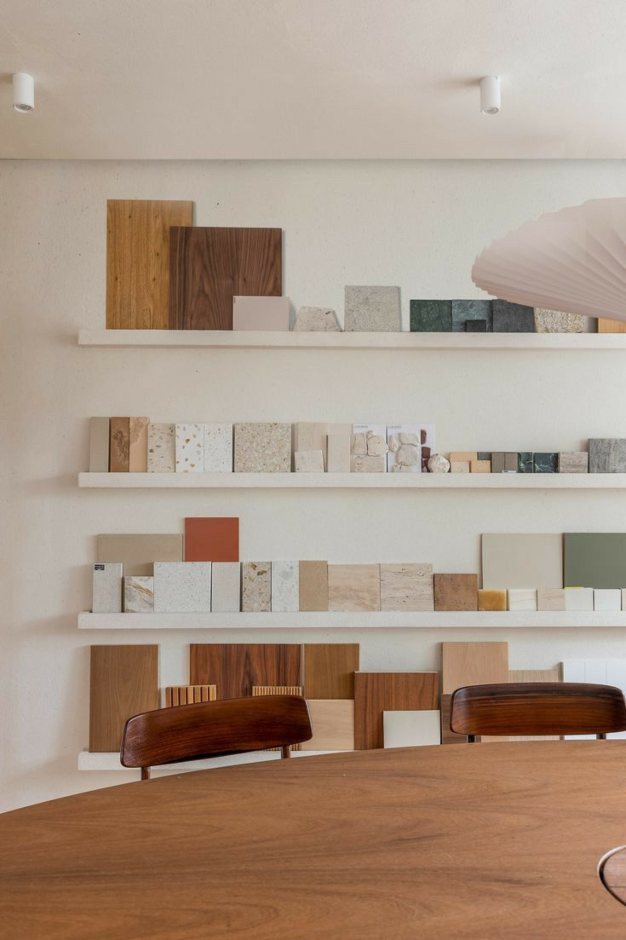
What technical details change the final result?
In luxury interior design, problems do not arise from big ideas, but from details left behind. A strong partner in interior design and project management knows that the devil is in the tolerances, the installation sequence, and the interface between elements (wood/stone, metal/glass, furniture/systems).
Below are some critical areas that require the utmost attention.
- Materials and finishes. Pay close attention to painted woods, veneers with visible grain, metals with galvanic finishes, burnishing, oxidation, stones with cracks, laminated glass, fabrics and leathers with abrasion resistance. The choice is not only aesthetic, but also one of durability and maintenance. A reputable furniture and accessories supplier will discuss the different options, propose tests, and provide data sheets and advice based on their direct experience.
- Lighting. The integration of light into furniture requires joint design: LED profiles with accessible power supplies, heat dissipation, shielding, placement according to different scenarios, etc. Lighting is part of the design, not an optional extra.
- Systems. Pay attention to wiring, air conditioning, fire prevention, smoke detection, sprinklers and so on: the furniture must allow for passage, inspections and the possibility of using spare parts without destructive dismantling. The final designs must include openings, hatches, grilles and seals where necessary.
- Standards and certifications. Pay attention to the fire resistance of panels and finishes, the strength of doors and windows, electrical certifications, CE markings where required, certifications for wood, etc. The partner who oversees the design and management of interior projects knows how to map these requirements and include them in the bill of quantities.
- Acoustics. In many locations, such as boutiques and restaurants, acoustics affect the perception of quality by customers and patrons. So what can be done? Integrated sound-absorbing panels and technical textiles are a good solution. These items should be designed together with the concept, not added later.
- Safety and accessibility. Pay attention to edges, heights, loads, anchors, architectural barriers, etc. To prevent disputes, clear designs must be proposed and stability tests carried out.
A reliable interior designer?
We have been operating in the high-end furniture sector since 1968.
>>> Contact us and let’s talk about it! <<<
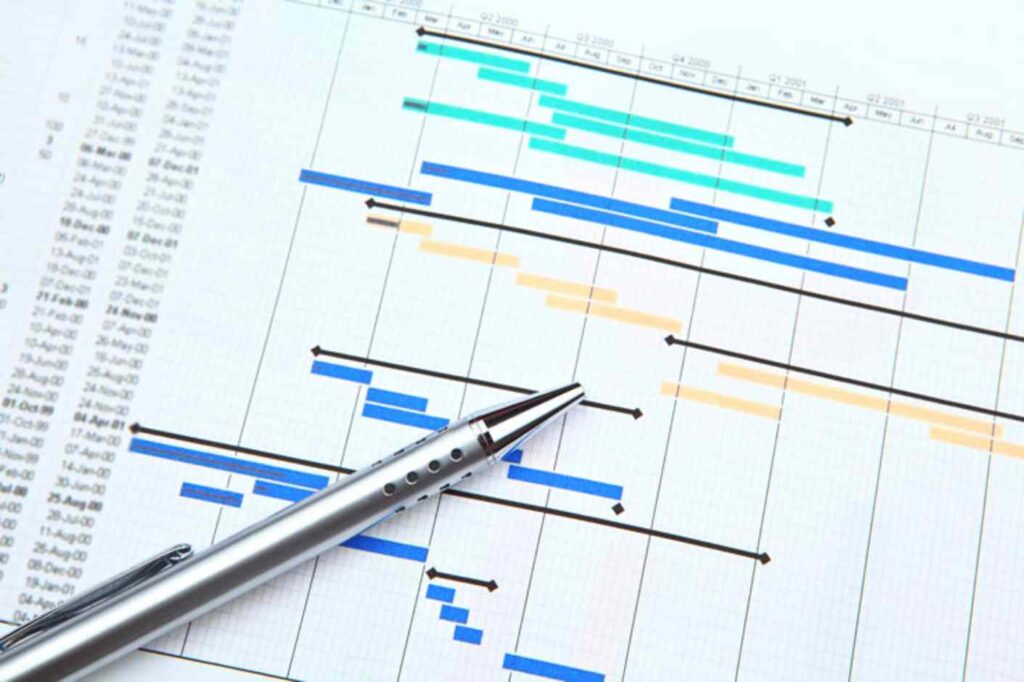
Prototyping, mock-ups and pre-assembly: why are they worth their weight in gold?
Making a prototype is not about aesthetics, it’s about economics. A mock-up reduces uncertainty, allows colours and reflections to be calibrated with real light, helps to test hinges and guides, allows the permissible gap between the wall and the panelling to be measured, and verifies ergonomics.
In a virtuous chain of interior design and project management, the prototype becomes a visual contract: what is approved there is the production standard. Photographing and recording this approval avoids discussions on site. It is also valuable for logistics, because pre-assembly establishes packaging codes, assembly order, weights and dimensions.
The same logic applies to complex display cases, counters with electrified actuators, and furniture with curves or hybrid materials. Your furniture supplier must be frank: where the risk is high, prototypes are made.
After all, a well-managed project thrives on clear and shared timelines. A partner with a solid culture of design and interior project management will present readable documentation and a Gantt chart with milestones that correspond to key events.
In short: planning is of little use if it is not governed. For this reason, progress meetings with minutes, action lists with responsible parties and deadlines, documents to clarify who decides and who executes, change control procedures for variations, etc. are necessary.
In a sense, governance protects the design: it keeps it on track, explains the consequences of choices, and prevents the sum of small deviations from distorting the project.
But that’s not all. In fact, many projects require installations in multiple countries, often with different rules on customs, certifications, health and safety. An expert in interior design and project management knows the appropriate packaging, customs documentation, insurance and so on. In particular, they know the actual transit times, transport seasonality, urban restrictions (restricted traffic zones, unloading times), shopping centre constraints, work permits and site safety plans. In this sense, they organise local teams or send trusted site managers when specific skills are needed.
Installation really makes the difference. From this point of view, a serious interior designer does not disappear after the opening, but offers after-sales support, replacement plans, interventions on ageing finishes, support for relocations and readjustments.
Are you looking for a luxury carpentry workshop?
We have over 50 years of experience.
>>> Contact us and let’s talk about it! <<<
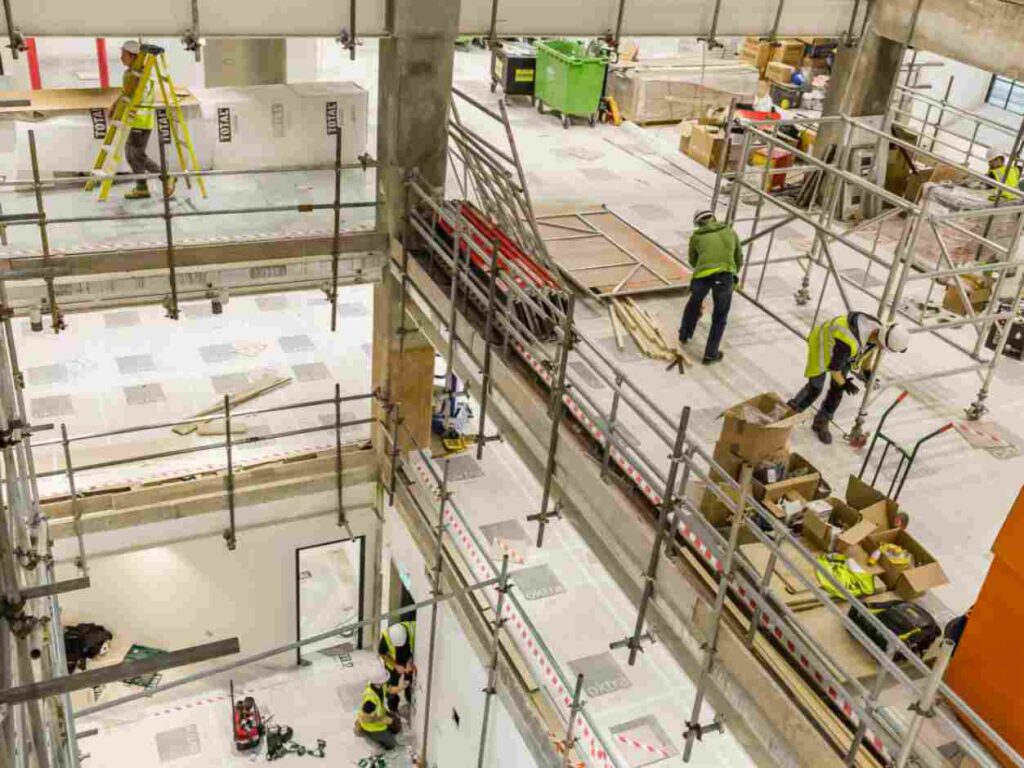
Other elements related to interior design and project management: sustainability, budget and timing
Sustainability is no longer an accessory. It is a requirement of all customers and is an integral part of interior design and project management.
How is it measured? It is measured in the selection of certified woods, low-emission panels, custom finishes, glues and paints with clear technical data sheets, traceable supply chains and perfect packaging. But it also consists of choices of durability and maintenance that involve restorable surfaces, replaceable parts and manuals that extend the life of the furniture.
Transparency is the best form of control. In interior design and project management, the financial proposal should always be clearly legible. That is: clear items, explicit exclusions, stated working hypotheses (lead times for supplies, site conditions, ancillary costs, certifications), payment plans linked to objective targets.
The same applies to delivery times. There should be no vague dates, but a schedule with clear conditions should be requested so that it is clear what is the responsibility of the furniture supplier and what is a prerequisite for the construction site or other suppliers.
Risk management is, in short, the way in which the interior designer deals with reality. What happens if the container is delayed? What if the wall is 20 mm out of square? What if a material fails the fire test? You always need to get practical answers, case studies and tried and tested plan Bs.
Do you need high-quality furniture?
Ask those who have been making it for over 50 years.
>>> Contact us and let’s talk about it! <<<

In conclusion: choosing the right partner is already part of the design process!
The project does not end with the concept. It is built on the quality of the execution, the robustness of the supply chain, the discipline of logistics, the care taken in installation, the precision of testing and the availability of after-sales service. And all this falls under the umbrella of a single expression: Interior design and project management.
Choosing the right partner means choosing a way of working. Specifically, it means planning ahead instead of playing catch-up, coordinating instead of improvising, documenting instead of discussing after the fact.
With an interior designer acting as part of the team — not as a furniture salesperson — the project gains time, quality and peace of mind. For architectural firms and contractors, it is the difference between delivering something that resembles the rendering and delivering exactly what was intended, with the same aesthetic appeal, functionality and durability.
If you are considering an important assignment, start by checking the method. Ask how the interior designer translates the project into execution, what tools they use to keep track of time and quality, how they manage mock-ups and samples, how they organise logistics and installation, how they solve unexpected problems, how they document processes and how they enable you to make decisions with clear information.
This is the true promise of an advanced approach to interior design and project management. It is about transforming complexity into a fluid process, where each stage prepares the next and every decision is tracked. So when opening day arrives, the project works not only because it is beautiful, but because it has been designed, engineered and built to last.
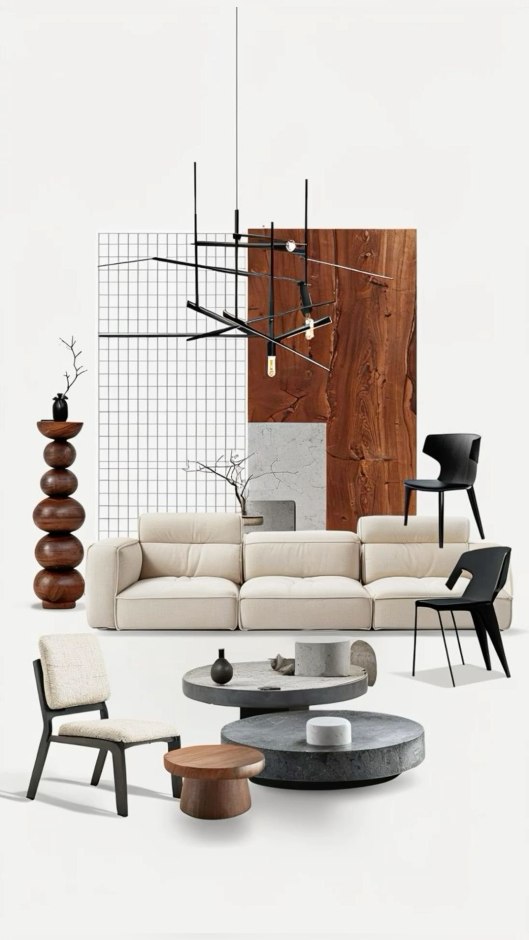
Interior design and project management?
We have over 50 years of experience.
>>> Contact us and let’s talk about it! <<<
Il Piccolo, a second-generation family business, is opening its own showroom in Lugano. With over 50 years of experience, Il Piccolo brings with it a wealth of technical and design knowledge of the highest level, thanks to the numerous interiors it has designed and furnished all over the world. In addition, Il Piccolo represents many of the best international luxury furniture brands. We design, manufacture and sell the best in design. When it comes to high-end fashion and luxury shops, we support our clients from the design stage right through to the completion of the project, integrating the entire process with a precise and professional service.
